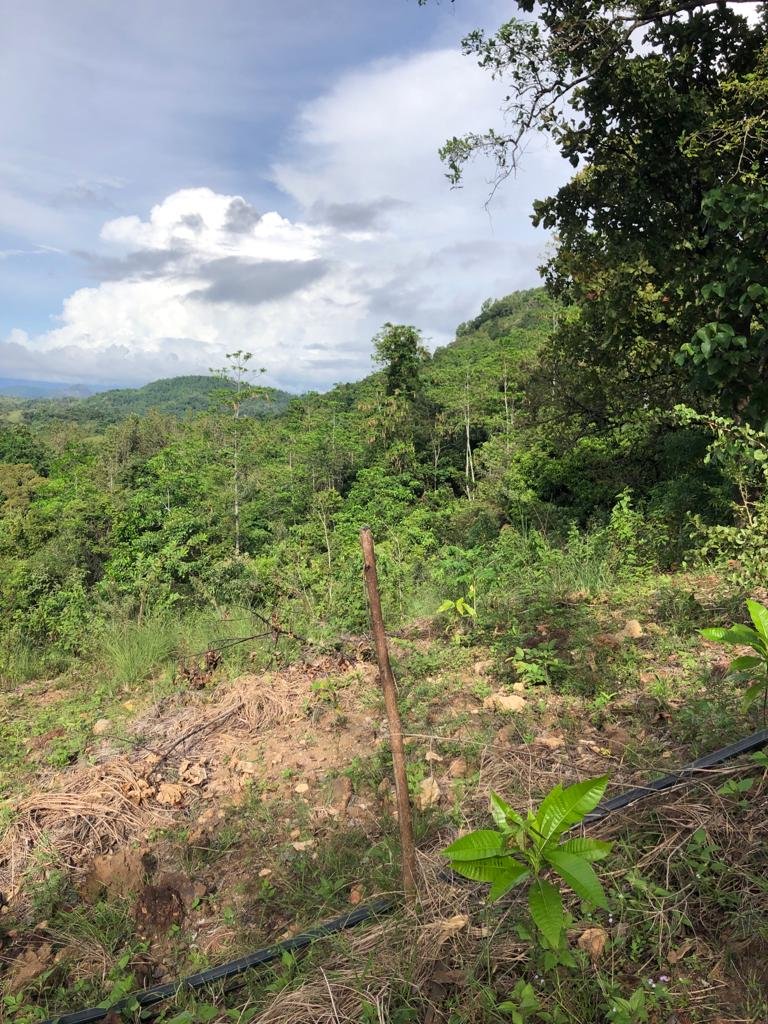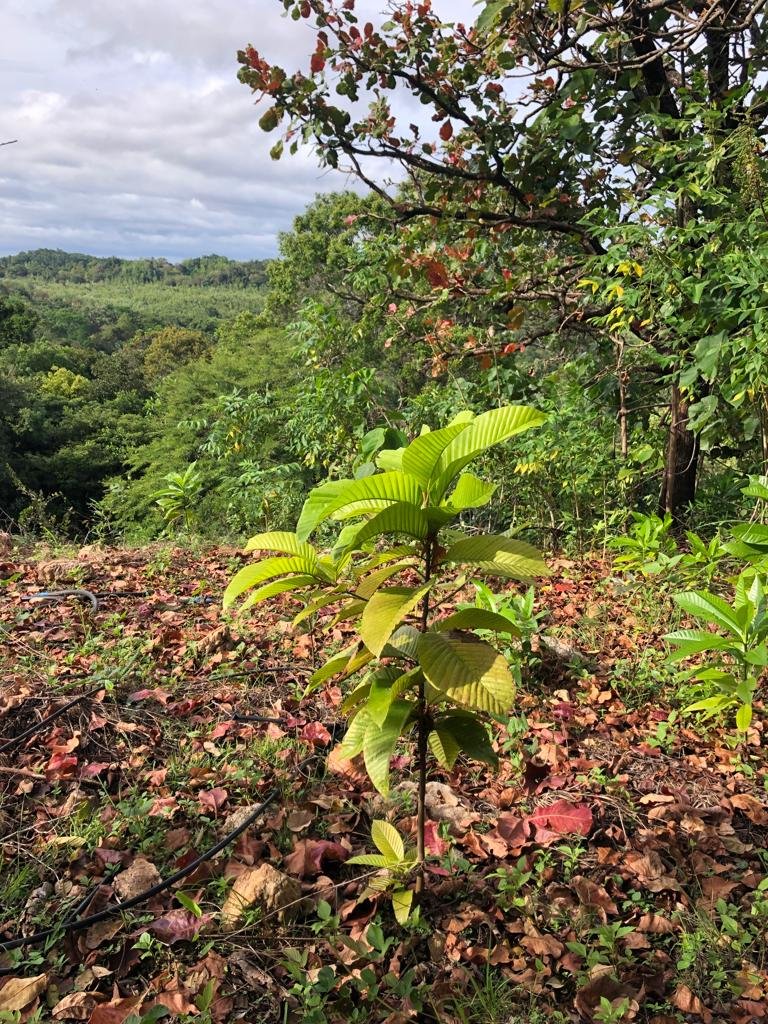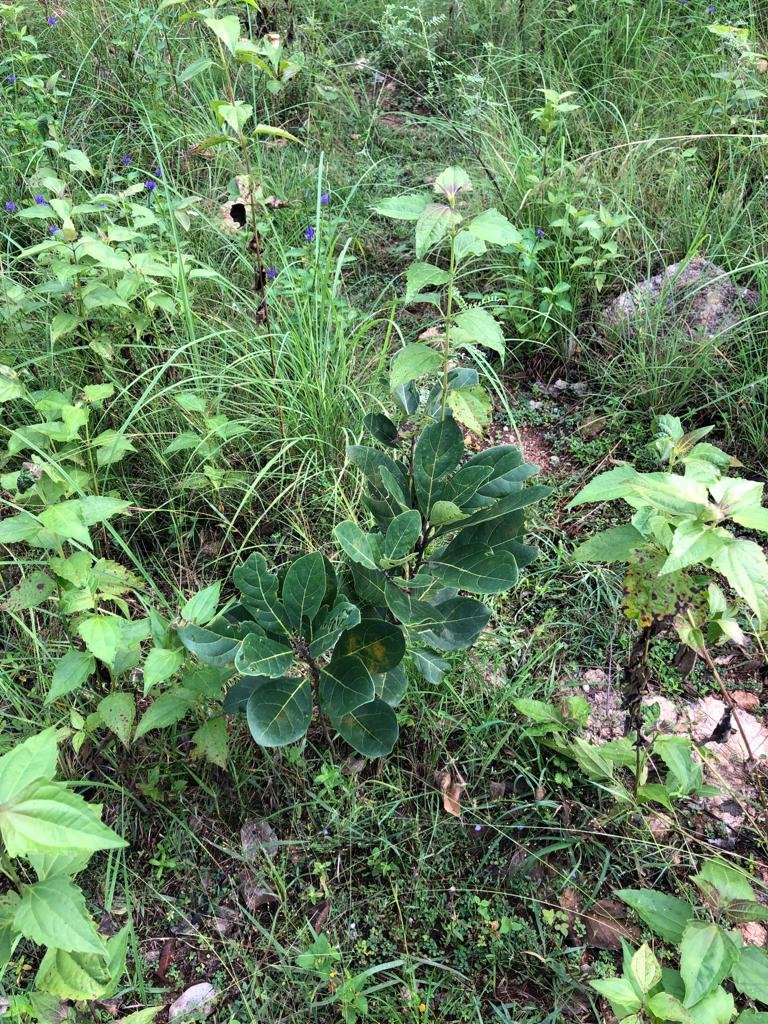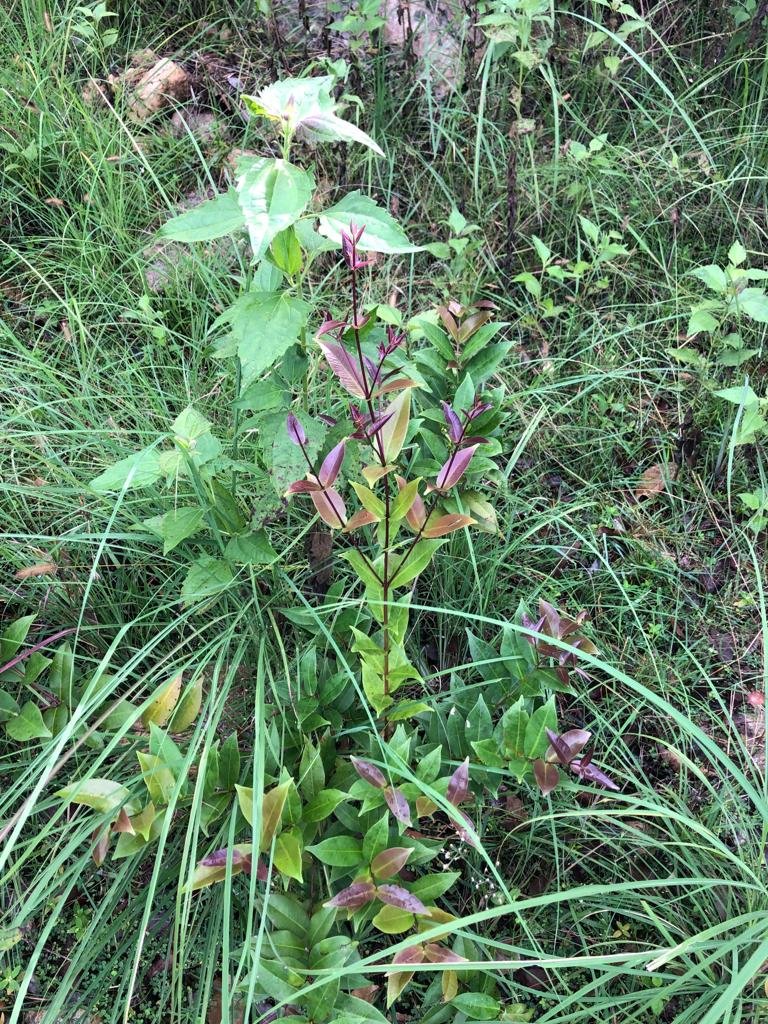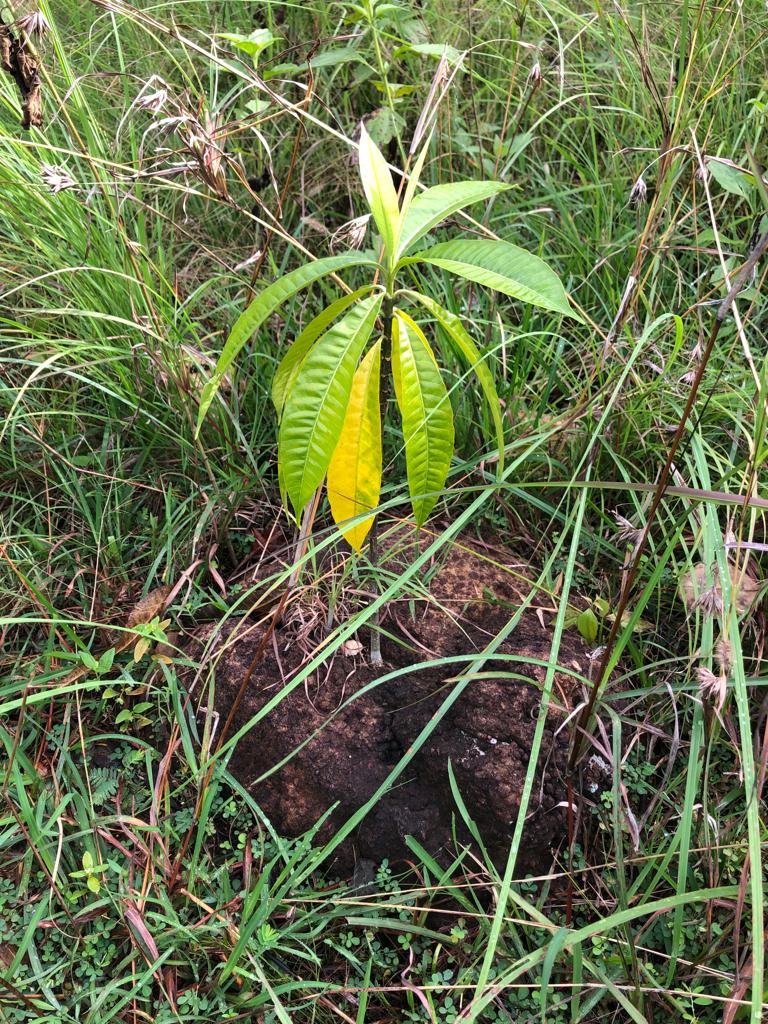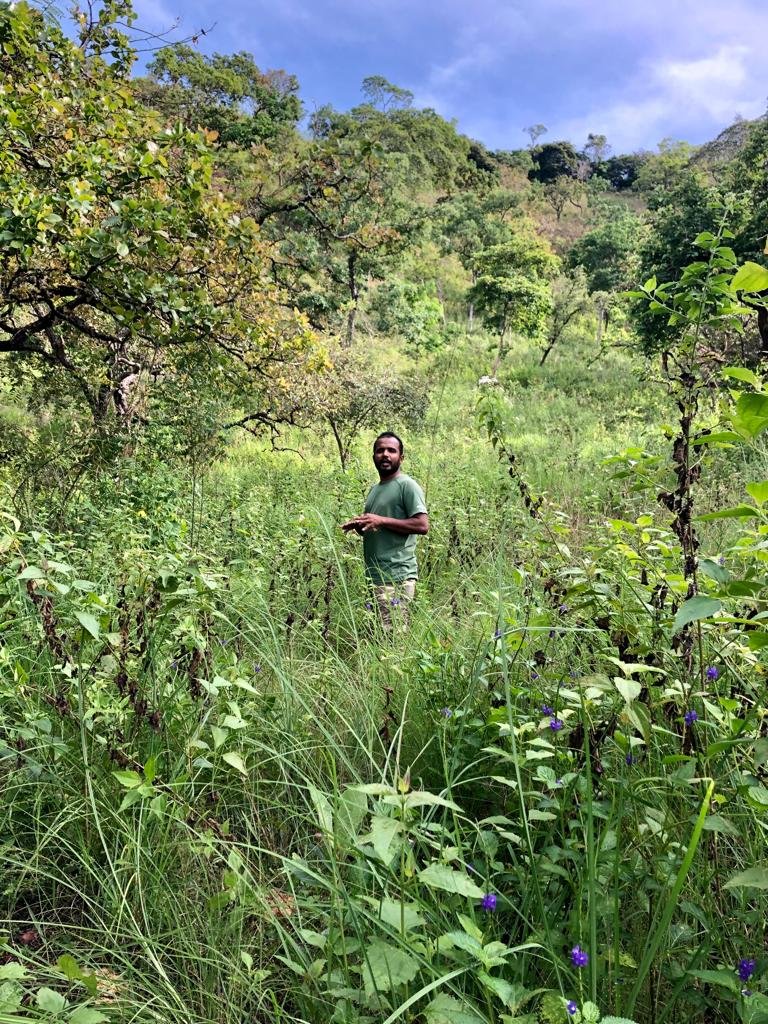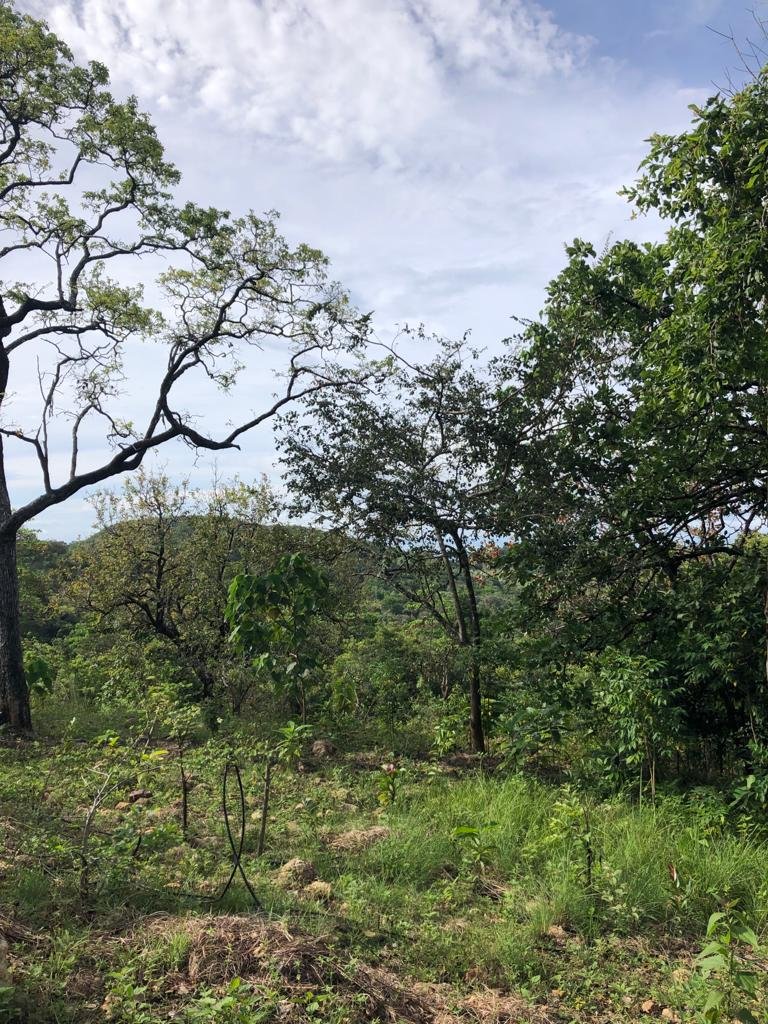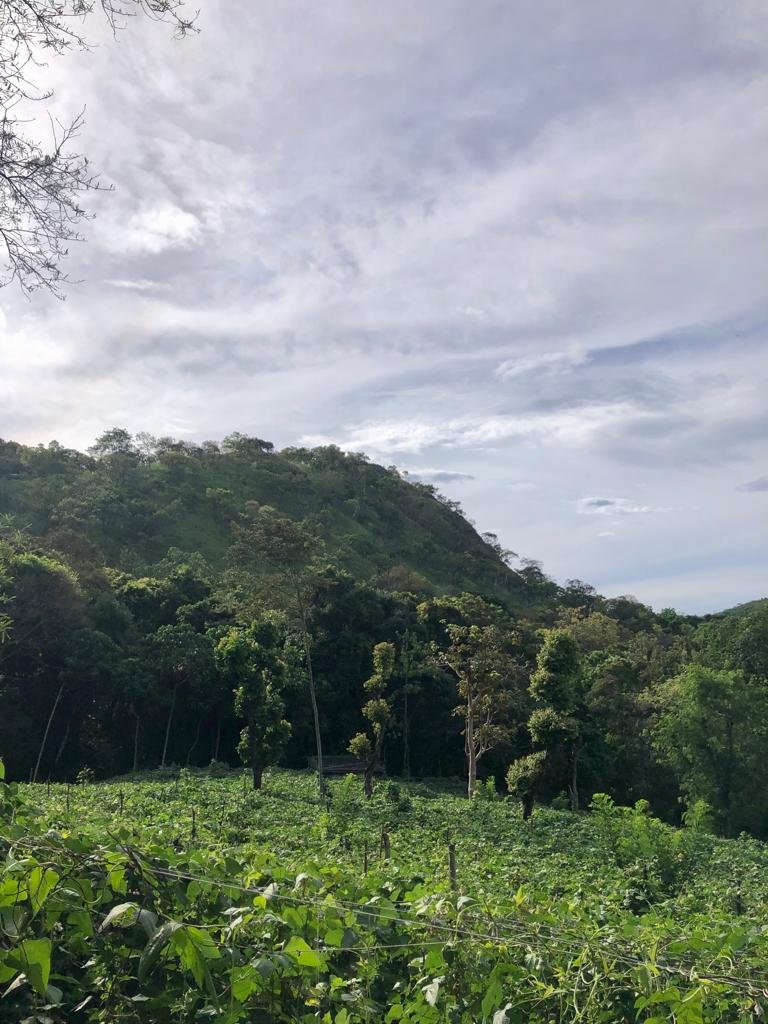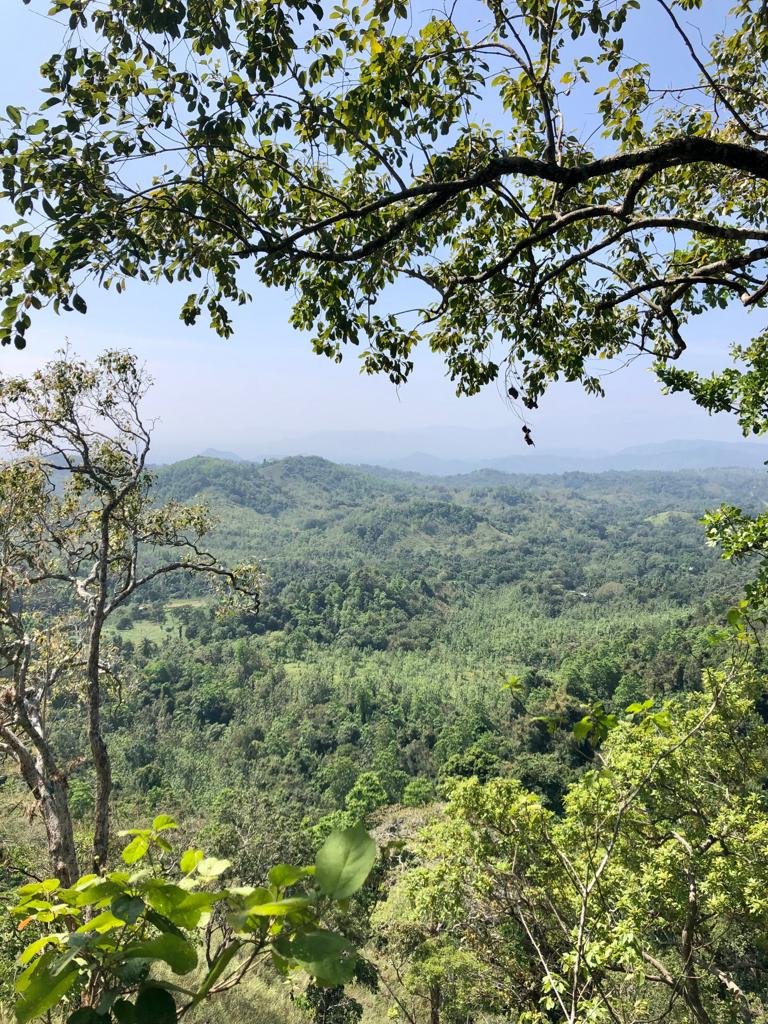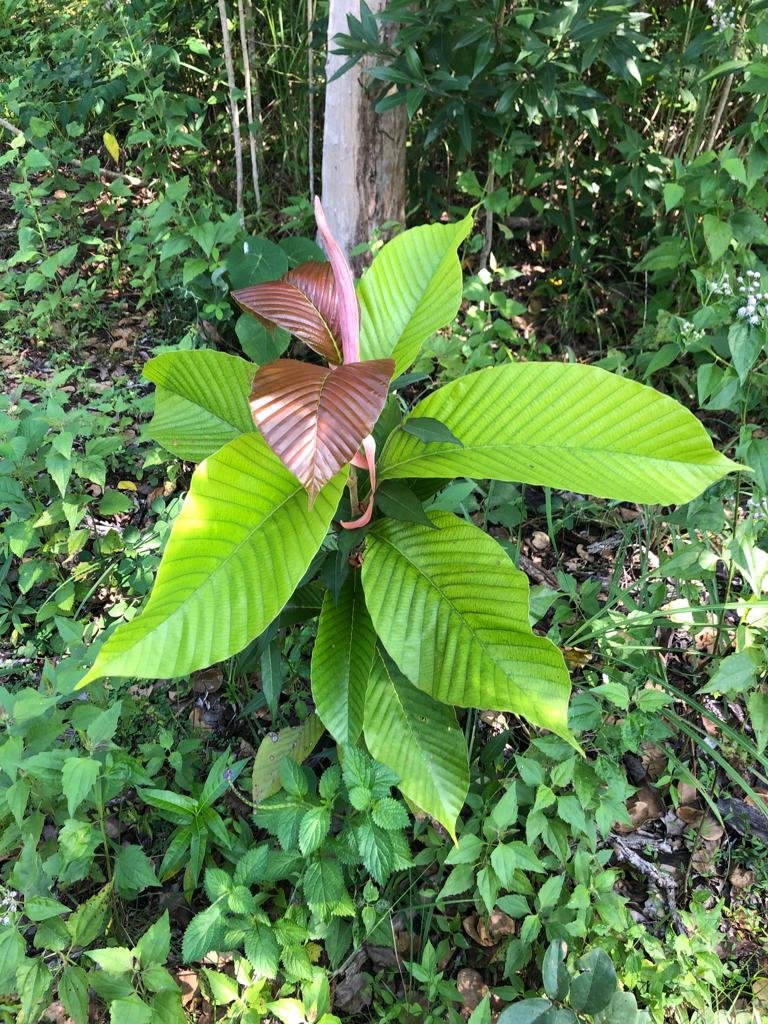INSPECTIONS OF RAJAWAKA REFORESTATION EFFORTS IN 2024
On 18th March, 2024, Jayantha Wijesinha of Rainforest Protectors of Sri Lanka and Chalana Perera, of RETRACE Hospitality visited the Rajawaka reforestation site within the Rajawaka Forest Reserve to evaluate progress of the Aralu saplings that were planted early in 2023. Most saplings were growing well, slowly but steadily. The tender leaves of some saplings were eaten by various animals and therefore these saplings are struggling to grow, but such is the natural process of ecosystems restoration, there will be losses. The site continues to attract elephants and other species who pass by at night, unbeknownst to most.
Challenges identified and opportunities to contribute going forward:
1. Employment of a full time “Reforestation Ranger” or “Guardian of the Reforestation Site” who would work to maintain the reforestation efforts until enough saplings grow to maturity and the forest layers begin to grow independently.
2. Development of restoration tourism programs, natural trail experiences and workshops on reforestation that can be delivered commercially at a bespoke, high-quality level. This would include development of the existing visitor accommodation.
Images on the right were taken by Chalana Perera on 18th March, 2024 at the Rajawaka Reforestation Site.
INSPECTIONS OF RAJAWAKA REFORESTATION EFFORTS IN 2023
On 12th May, 2023, Jayantha of Rainforest Protectors of Sri Lanka and Chalana, of RETRACE Hospitality visited a 25-acre reforestation site within the Rajawaka Forest Reserve. This page provides an update on the field visit (scroll down for images).
The Rajawaka Forest is a Lower Montane Forest within Sri Lanka’s threatened intermediate zone, straddling the hills and villages of the Wet Zone and the plains of the Dry Zone to the Southeast. These reforestation efforts are being led and managed by Rainforest Protectors of Sri Lanka.
The image above depicts the varied landscapes impacted by degradation, deforestation and reforestation in the Rajawaka Forest Reserve.
Notice the Aralu saplings remaining sturdy and defiant of the harsh conditions on the once wet but now dry hillside. This is thanks to careful and regular human management of the reforestation site. Manual clearing of weeds and invasives, supported by a manmade drip irrigation system that hydrates the dry and exposed soil. Human intervention is crucial to the survival of newly planted saplings. The Aralu saplings contributed by RETRACE Hospitality have been planted alongside Hora, Waldel, Antamba, Kumbuk, Siyambala, Batadomba, Beraliya, Alubo, Ketakaala, Nelli, Weralu, Beli, Mee, Mora, Domba and Maadan saplings, to regenerate a healthy, fire-resistant ecosystem.
The saplings will take another 3.5 to 4 years before they are fully established. The local community workers need to be financed and supported during this period to ensure these plants mature fully. After 4 years, tree growth is assumed unassisted at several feet per annum, until they reach full maturity in 10-15 years. Once mature, these trees will help absorb atmospheric carbon, purify oxygen, cleanse and replenish groundwater tables, provide food and shelter, retain soil nutrients (regenerating soil quality) and support enhancement of biodiversity, to name just a few of the benefits of this private reforestation effort.
The Rajawaka Forest is a Lower Montane Forest within Sri Lanka’s threatened intermediate zone, straddling the hills and villages of the Wet Zone and the plains of the Dry Zone to the Southeast. Below is a photograph taken last Friday from one of the hillside’s being regenerated by Rainforest Protectors of Sri Lanka. Notice thicker (darker) cloud cover over the more dense forest patches, and lighter clouds above degraded areas. Regular rains are extremely important to this ecosystem's health.
The hillside provides a Southern view over a large portion of the Rajawaka Forest Reserve (and Udawalawe National Park beyond). The Forest Reserve has been ignored and neglected by relevant authorities. Over decades, Rajawaka has witnessed all kinds of destruction. Last year, a portion of the Forest Reserve was de-gazetted, losing Reservation status with no science-based validation of the decision. There is a serious need to reforest this land, given rising ground temperatures, depletion of groundwater, loss of biodiversity, poor soil health and a general imbalance in the broader ecosystem, with elephants now roaming near local villages.
Photographs taken from a smartphone camera and have not been edited.
Images below were taken at the Rajawaka Reforestation Site by Chalana Perera in May 2023.

